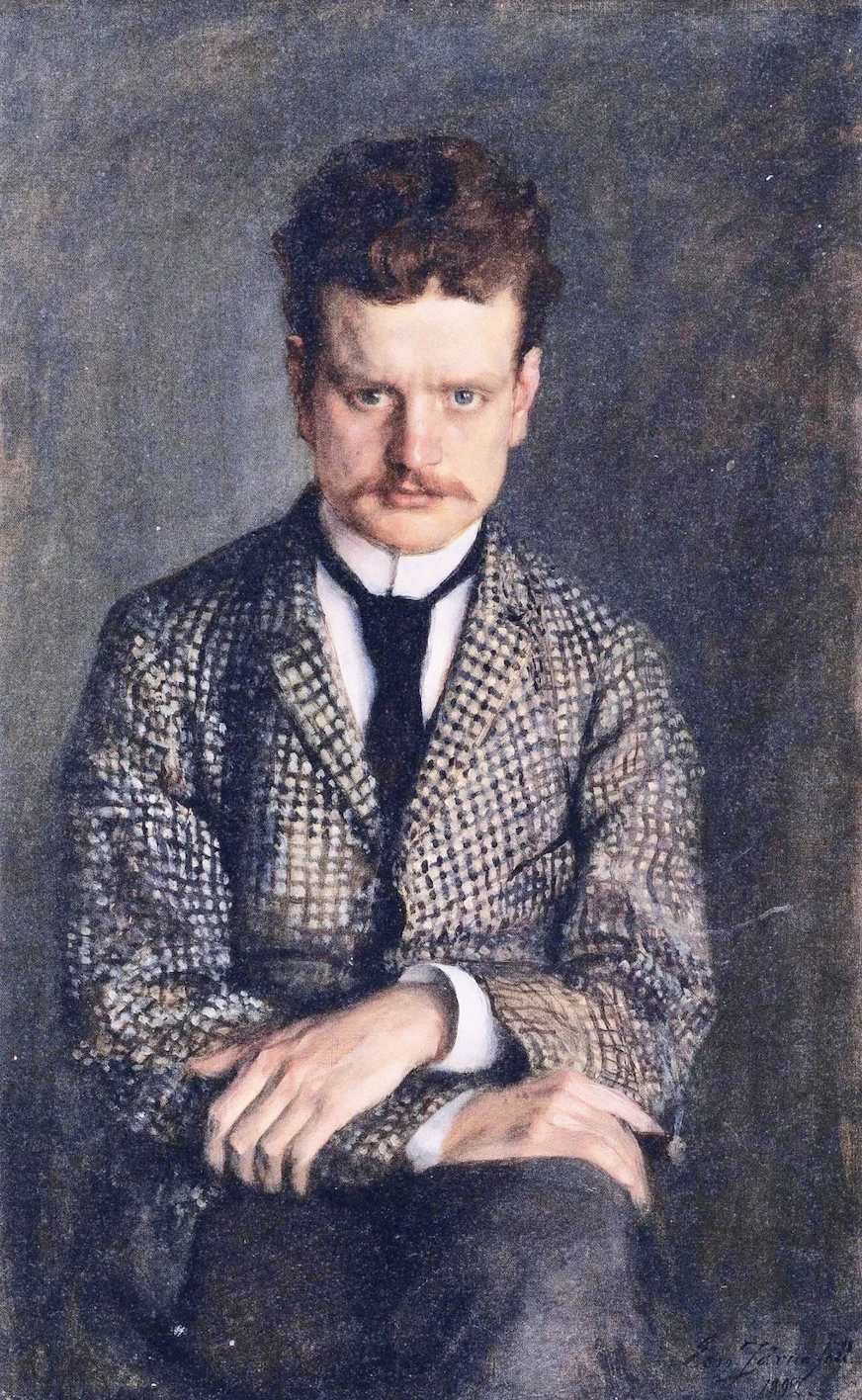

In every true work of art, there is a spark that can never be entirely extinguished."
The Finnish people had been an ethnic minority in the Kingdom of Sweden since the Medieval Period. However, in one of the many ancillary wars of the Napoleonic Era, Tsar Alexander I attacked Sweden in 1809. The western part of Sweden was annexed into the Russian Empire as the semi-independent Grand Duchy of Finland.
The Finns had never been especially happy under Swedish domination, and were not much happier under Russian domination. Nationalism continued to strengthen, bolstered especially by Finnish author Elias Lönnrot's epic poem, the Kalevala, and the music of composer Jean Sibelius.
Sibelius grew up in a small town on the Gulf of Finland, where his family taught him to play piano and violin. Dreaming of becoming a violin virtuoso, he moved to Helsinki to train in music formally. He moved on to study in Berlin and Vienna as well, and developed an appreciation for Beethoven, Wagner, and Anton Bruckner. Beginning to focus on composition, his musical style included tone poems based on the Kalevala and works inspired by Finnish folklore.
In 1891, he returned to Finland, married Aino Järnefelt, the daughter of a Finnish aristocrat, and built a home by Lake Tuusulanjärvi in the town of Järvenpää near Helsinki, where they lived for the rest of their lives.
He kept composing, travelling often, for some time. For the final thirty years of his life, however, Sibelius stopped composing major works or even commenting much on the musical world, a period known as "the Silence of Järvenpää."
Finnish discontent would continue until 1917, when Russia fell under control of the Communists (spoiler alert), and Finland declared independence. Caught between Sweden, Russia, and Germany, the first half of the twentieth century was a turbulent time for Finland, but inspired by its national composer, the country managed to maintain its independence.
Kullervo (1892)
Karelia Suite (1893)
Finlandia (1899)
Pohjola's daughter (1906)
Luonnotar (1913)
Finale from Symphony No. 5 (1919)